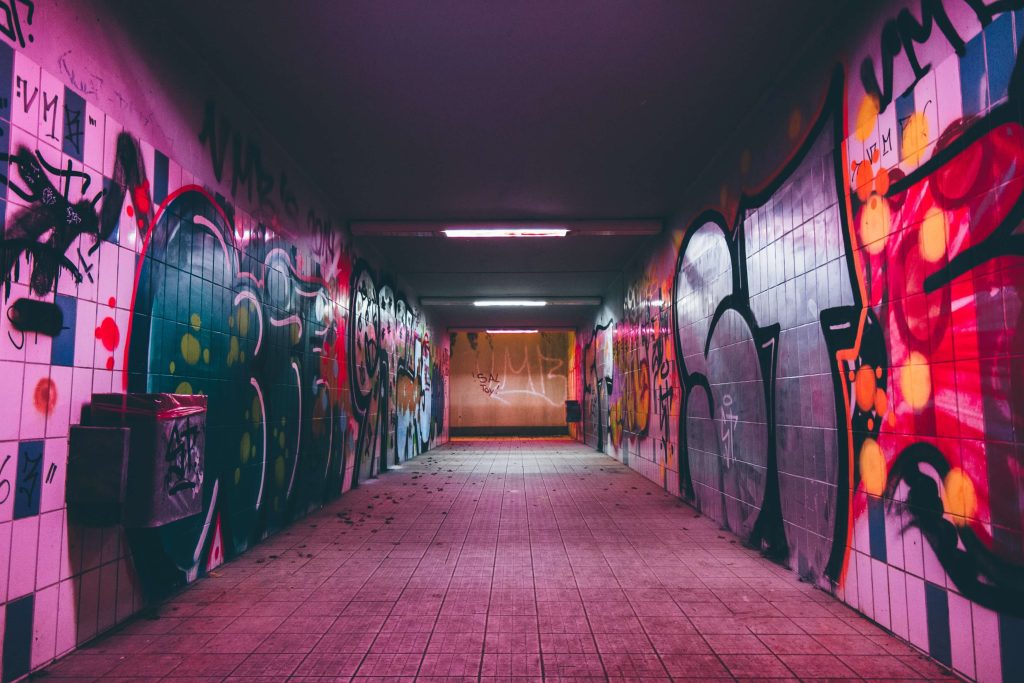
Street art has emerged as a powerful form of artistic expression that not only beautifies urban landscapes but also influences cultural dynamics and social discourse. From vibrant murals and intricate stencil art to provocative graffiti and guerrilla installations, street art reflects the creativity, diversity, and resilience of urban communities worldwide. In this article, we’ll delve into the multifaceted influence of street art on urban culture and explore its significance in shaping public spaces, fostering community engagement, and challenging societal norms.
Shaping Public Spaces
Street art transforms bland walls, alleyways, and buildings into vibrant canvases that reflect the identity and character of a neighborhood or city. By reclaiming neglected spaces and injecting color and creativity into urban environments, street art revitalizes neighborhoods, fosters a sense of pride, and enhances the overall aesthetic appeal of public spaces.
Fostering Community Engagement
Street art has the power to bring communities together by creating opportunities for collaboration, dialogue, and shared experiences. Many street art projects involve local artists, residents, and organizations working together to beautify their neighborhoods and address social issues. Through workshops, festivals, and community events, street art fosters a sense of belonging and strengthens social bonds within urban communities.
Challenging Societal Norms
Street art has a long history of challenging societal norms, sparking conversations, and provoking thought on a wide range of issues, including politics, inequality, and environmental justice. By addressing pressing social issues through visual storytelling and symbolic imagery, street artists amplify marginalized voices, raise awareness about systemic injustices, and inspire collective action for change.
Celebrating Cultural Diversity
Street art serves as a celebration of cultural diversity, showcasing a melting pot of artistic styles, influences, and traditions from around the world. Whether drawing inspiration from indigenous art, hip-hop culture, or global street art movements, street artists contribute to a rich tapestry of cultural expression that reflects the dynamic nature of urban life.
Empowering Creative Expression
One of the most significant influences of street art on urban culture is its role in empowering creative expression and democratizing art. Unlike traditional art galleries, which may be inaccessible to many, street art is freely accessible to anyone who walks the streets, providing a platform for artists to share their work with a broad and diverse audience.
In conclusion, street art is a dynamic and influential force in urban culture, shaping public spaces, fostering community engagement, challenging societal norms, celebrating cultural diversity, and empowering creative expression. As cities continue to evolve and adapt to changing social, political, and environmental landscapes, street art will undoubtedly remain a vital and vibrant aspect of urban life, inspiring and enriching communities for generations to come.
